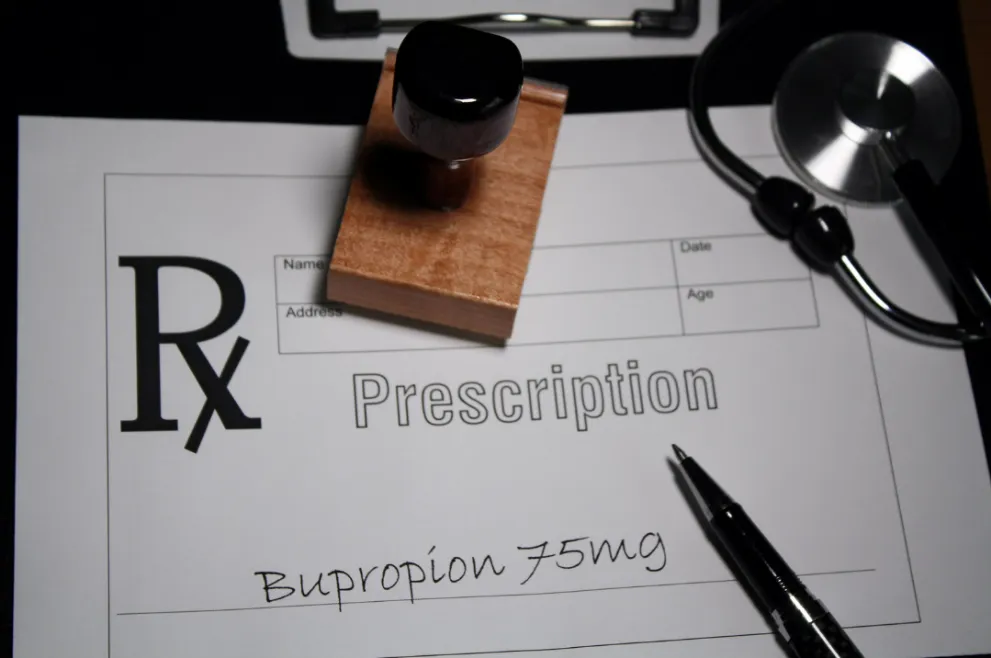Written and medically reviewed by Dorcas Morak, PharmD
Until recently, Narcan was only available by prescription, which meant that individuals who needed it had to go through the process of getting a prescription and then finding a pharmacy that carried it. However, in 2021, the Food and Drug Administration (FDA) approved the over-the-counter sale of Narcan. This move is a significant step forward in the fight against the opioid epidemic, as it makes it easier for individuals to access this life-saving medication.
Opioid use in the United States has been a growing problem for decades, with prescription painkillers and illicit drugs such as heroin and fentanyl causing an increasing number of overdose deaths. According to the Centers for Disease Control and Prevention (CDC), more than 500,000 people in the US died from opioid overdoses between 1999 and 2019, and the problem has only worsened during the COVID-19 pandemic. The opioid crisis has impacted communities across the country, leading to increased healthcare costs, a rise in criminal activity, and devastating social and economic consequences for individuals and families. As a result, the government, healthcare providers, and advocacy groups have been working to address the crisis and find solutions to combat opioid addiction and overdose.
Narcan (naloxone) is a medication that is used to rapidly reverse the effects of an opioid overdose. It works by binding to the same receptors in the brain as opioids, blocking their effects and allowing the person to breathe normally again. Narcan has been used by first responders and healthcare providers for many years to treat opioid overdoses, and it has been credited with saving countless lives. In recent years, there has been a growing push to make Narcan more widely available to the public, including through pharmacies and community organizations. The hope is that by increasing access to Narcan, more people will be able to respond quickly in the event of an overdose and help prevent unnecessary deaths. With the recent FDA approval of over-the-counter (OTC) Narcan, it is expected that even more people will be able to obtain this life-saving medication without a prescription.
How does OTC Narcan compare to prescription Narcan?
OTC Narcan is like the prescription-only Narcan that gained FDA approval in 2015. OTC Narcan is the first version of naloxone approved for OTC use. It comes as a single-use 4 mg nasal spray.
How is OTC Narcan administered?
You won't be able to administer OTC Narcan yourself if you are experiencing an opioid overdose. As a result, people around you should learn how to identify signs and symptoms of opioid overdose and how to administer OTC Narcan. The procedure for administering OTC Narcan nasal spray is as follows:
Lay the affected person flat on their back.
Take Narcan out of its box.
Support the person's spine while tilting back their head.
Insert the nasal spray's tip into the nostril and push the plunger to let a dose of Narcan out.
Reposition their torso so that they are lying on their side.
Call 911.
Repeat Narcan administration every two to three minutes until you notice a reaction or emergency services arrive.
Is OTC Narcan available for purchase now?
Although OTC Narcan has gotten FDA approval, it is not available yet for purchase. Narcan manufacturers have said it should be available by late summer 2023. The delay is due to some manufacturing and labeling adjustments that are needed to meet OTC labeling standards. Until then, you can obtain Narcan and naloxone with a prescription.
How much will OTC Narcan cost?
The average price of naloxone (Narcan) nasal spray through rxless is approximately $45 for a 2-pack. This price is significantly lower than the cost of OTC Narcan, which will range between $140 and $160 for a 2-pack at major retailers. While the RxLess price is only available on prescription Narcan, with the new availability of the OTC nasal spray, care providers are expected to be much more open to prescribing Narcan when asked. The discount available from RxLess for Narcan nasal spray is significant and is especially helpful for individuals who do not have insurance or who are unable to access government programs.
















